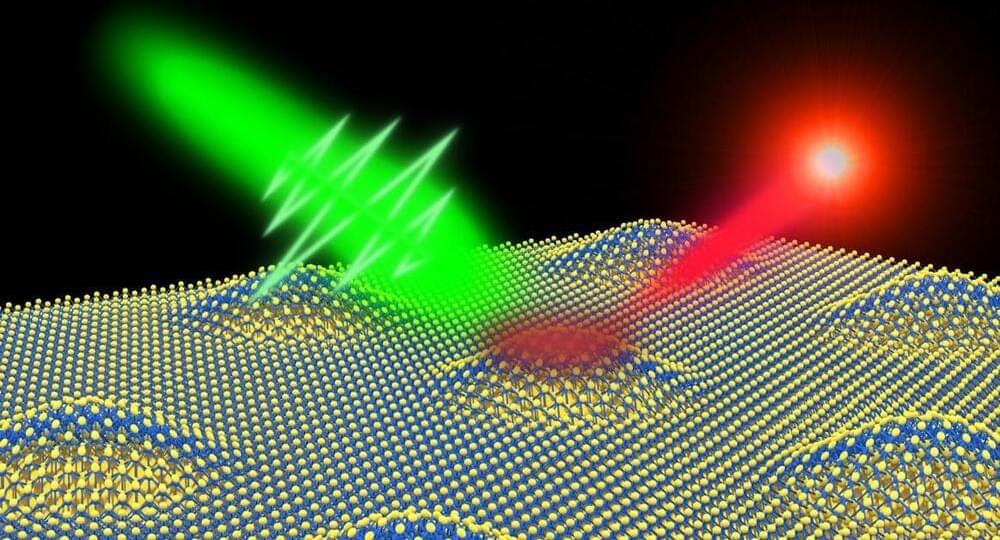Here’s how it did:




The UK government has announced that artificial intelligence algorithms that come up with new technologies will not be able to patent their inventions.
The Intellectual Property Office said on Tuesday that it also plans to tweak existing laws to make it easier for people and institutions to use AI, machine learning and data mining software in order to rapidly advance research and innovation without requiring extensive permissions from copyright owners.

“The risk of developing ALCL is actually much lower than the risk of experiencing a relapse of breast cancer,” says lead author Connor J. Kinslow, MD, a resident in radiation oncology at the Columbia University Vagelos College of Physicians and Surgeons.
“Based on our findings, we do not believe that women should be dissuaded from having implant-based breast reconstruction after mastectomy solely due to the risk of ALCL.”
The new study was designed to provide women with accurate information about risk and is the first to look at rates of ALCL in breast cancer survivors who’ve had breast implants after mastectomy.

‘It will tell you what’s going to happen in future,’ says University of Chicago professor. ‘It’s not magical, there are limitations… but it works really well’
New AI crime prediction tech is reminiscent of the 2002 sci-fi film Minority report, based on the 1956 short story by Philip K. Dick
An artificial intelligence algorithm that can predict crimes a week in advance with a 90 per cent accuracy has been demonstrated for the first time.
“Our goal is to re-regulate all of your genes back to an earlier state.” Excellent. Hurry please. I’m 51.
Magnesium Break Through 10% Discount https://bit.ly/3O5tPfu.
This video brought to you by BiOptimizers.
In this video Dr Davidsohn discusses the next generation therapies that Rejuvenate Bio are working on. We also discuss, klotho, RJB02 and his personal protocol.
Dr Noah Davidsohn is a founder and Chief Scientific Officer of Rejuvenate Bio a company developing gene therapies to treat aging and age related diseases.
Rejuvenate Bio website.


This would be great for teleporting objects for shipping across the planet or cosmos eventually. 😀
Scientists have created a “holographic wormhole” inside a quantum computer for the first time.
The pioneering experiment allows researchers to study the ways that theoretical wormholes and quantum physics interact, and could help solve some of the most difficult and perplexing parts of science.
The wormhole is theoretical: researchers did not produce an actual rupture in space and time. But the experimental creation of one inside the quantum computer – which saw a message sent between two simulated blackholes – nonetheless allows scientists to examine how they might work, after almost 100 years of theory.

Conventional light sources for fiber-optic telecommunications emit many photons at the same time. Photons are particles of light that move as waves. In today s telecommunication networks, information is transmitted by modulating the properties of light waves traveling in optical fibers, similar to how radio waves are modulated in AM and FM channels.
In quantum communication, however, information is encoded in the phase of a single photon – the photon s position in the wave in which it travels. This makes it possible to connect quantum sensors in a network spanning great distances and to connect quantum computers together.
Researchers recently produced single-photon sources with operating wavelengths compatible with existing fiber communication networks. They did so by placing molybdenum ditelluride semiconductor layers just atoms thick on top of an array of nano-size pillars (Nature Communications, “Site-Controlled Telecom-Wavelength Single-Photon Emitters in Atomically-thin MoTe 2 ”).

The James Webb Space Telescope (JWST) and the W. M. Keck Observatory in Hawaii have taken images revealing clouds floating across the skies of Titan, Saturn’s largest moon. These images will help researchers understand weather patterns on Titan, the only world other than Earth known to have liquid oceans on its surface.
The left image was taken by JWST on 4 November. Near the top of the image is Kraken Mare, Titan’s largest known sea, flanked by two fluffy white clouds. It is currently summertime in Titan’s northern hemisphere, the time when clouds were expected to form most easily because of the increased sunshine on the surface. These observations confirm the presence of those seasonal clouds.
In an effort to find out whether the clouds were moving or changing shape, the JWST team reached out to researchers at the Keck Observatory and asked them to take follow-up observations. The image from Keck, taken on 6 November, is on the right.